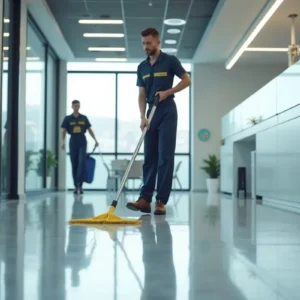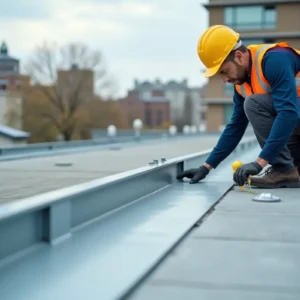Many homeowners treat roof care as a seasonal checklist task, underestimating its impact until a significant problem demands attention. However, waiting for something to go wrong can be a costly mistake. Experts in the roofing industry stress that continuous, preventive maintenance is the most effective way to guard your home against leaks, mold, and serious structural issues. For trusted help and to connect with experienced roofing professionals, click here.
Proactive roof care isn’t just about avoiding inconvenience—it’s about protecting your investment and keeping your family safe. Roofing materials are designed to withstand the elements, but their durability depends on routine attention and repair. This means keeping debris off your roof and out of your gutters and addressing minor problems before they escalate.
Professional organizations recommend prompt action when minor issues are identified during inspections to save on future repair costs. Left unchecked, seemingly insignificant issues can become major headaches that strain your budget.
Contents
Debunking Popular Roof Maintenance Myths
- “If there’s no visible damage, the roof is fine.” – Many of the most harmful roofing issues begin in places you can’t see from the ground, such as under shingles or beneath flashing. Problems like minor cracks, slow leaks, or imperceptible granule loss can progress quietly until the damage becomes extensive.
- “Pressure washing keeps a roof clean and healthy.” – While a clean roof is essential, aggressive cleaning methods can damage your shingles. High-pressure washing often strips away protective granules, leading to faster deterioration and potentially voiding manufacturer warranties.
- “Roof maintenance is unnecessary for new homes.” – Even a brand-new roof is vulnerable to storm debris, animal activity, and weather fluctuations. Maintenance routines should begin when the roof is installed, not years later.
Data on Roof Lifespan and Repair Costs
Recent studies reveal that asphalt shingle roofs, the most popular roofing material in the U.S., can last 15 to 30 years—if well maintained. Failing to address minor damage often leads to early replacement and higher costs. For example, neglecting a minor shingle repair can escalate expenses from $400 to over $3,000 if water damage extends to your home’s structure.
The True Role of DIY Inspections
Inspecting your roof from the ground with binoculars or checking the attic for signs of leaks and daylight is a solid part of a maintenance routine. However, these efforts only reveal obvious problems. Professional roofers are trained to identify dangers like soft spots, subtle sagging, or early moisture penetration. After significant weather events, an expert eye can save you from expensive surprises down the road.
How Small Problems Turn Into Expensive Headaches
Ignoring a single granule-filled gutter or a faint ceiling stain is tempting, but these small indicators often point to underlying issues. Water intrusion behind your roof’s surface can compromise insulation, damage ceilings, and even impact your home’s electrical system. Unresolved leaks are a primary driver of home insurance claims, routinely resulting in thousands of dollars in repair costs when not handled promptly.
Seasonal Tips for Safe and Effective Maintenance
- Keep gutters and downspouts clear throughout the year to minimize the threat of ice dams, pooling water, and roof deck rot.
- Keep trees trimmed safely from your roof to limit potential storm damage, reduce moss growth, and keep gutters free of organic debris.
- Check your attic each season for proper ventilation and insulation. These are key to preventing heat buildup and moisture accumulation, which are common causes of premature roof wear.
- Schedule annual professional inspections, preferably during spring or fall, so that repairs can be made before the extremes of summer or winter pose greater risks and interruptions.
When To Seek Professional Help
If you observe persistent water stains, granules collecting inside downspouts, buckled shingles, or visible sagging, it’s time to call a certified roofer. Professional assessments are essential after hailstorms, heavy winds, or snow events, even if the roof looks intact. The cost of an early inspection is almost always less than the price of repairing advanced water or structural damage.
The Value Of Staying Ahead
A proactive approach ensures that minor repairs remain minor and that your roof survives through the seasons as intended. Homeowners who dismiss maintenance myths and follow reliable, preventive care routines enjoy lower costs, fewer emergencies, and a safer, drier home environment. By staying alert and scheduling regular professional check-ups, you’ll extend your roof’s lifespan and protect your property for the long run.
Conclusion
Roof maintenance is far more than a seasonal checklist—it is a critical investment in your home’s safety, durability, and value. Believing in common myths or ignoring minor issues can quickly lead to costly repairs and premature roof replacement. By combining simple DIY checks with scheduled professional inspections, you can catch problems early and extend the life of your roof.
Seasonal upkeep, like keeping gutters clear and monitoring attic ventilation, protects against hidden threats. Proactive care gives you peace of mind, reduces long-term expenses, and safeguards your home against the elements. With informed practices and expert guidance, you can ensure your roof remains strong, reliable, and ready to protect your family for years.




